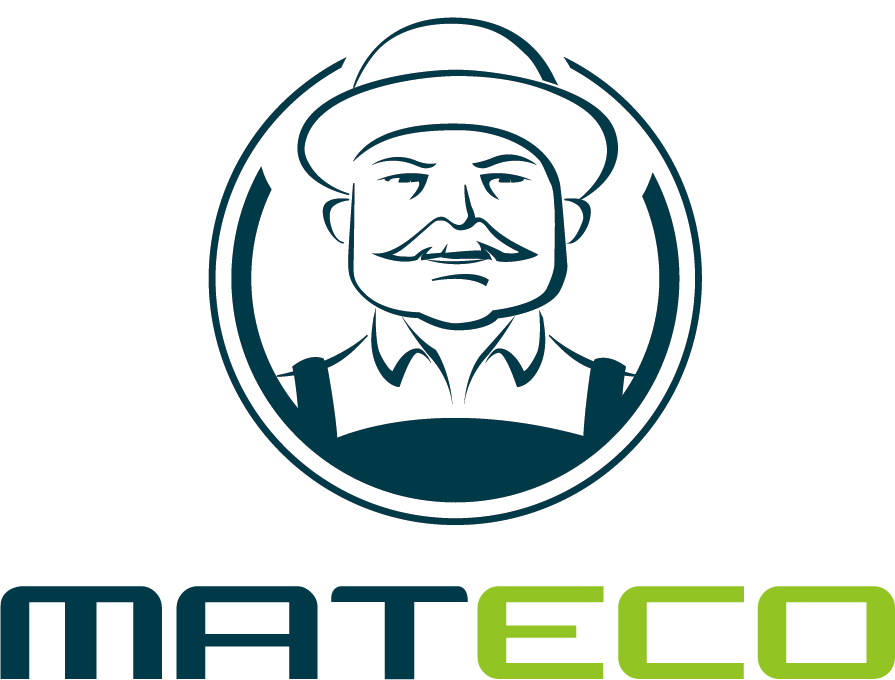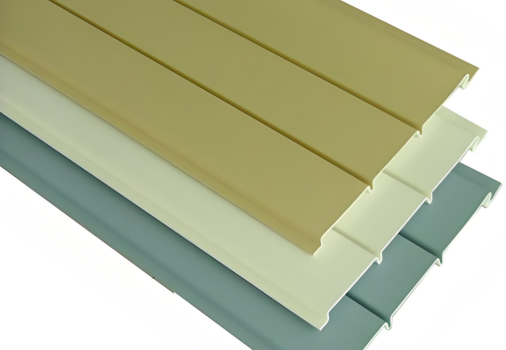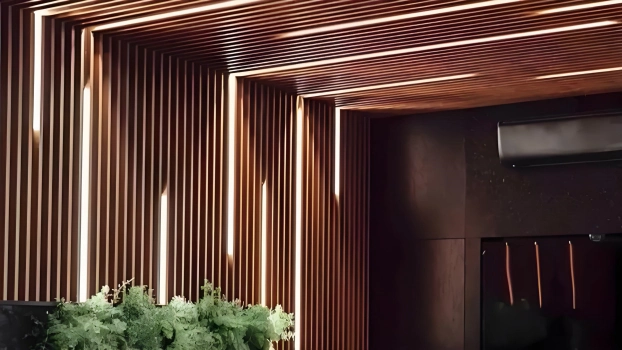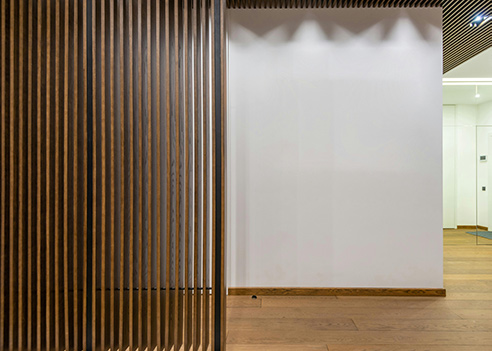Which Is Better, UPVC or Composite Cladding?
Choosing the right wall cladding is critical for both aesthetics and long-term performance. Whether you’re working on residential or commercial projects, understanding the strengths of uPVC and composite cladding will help you deliver value, durability, and client satisfaction.
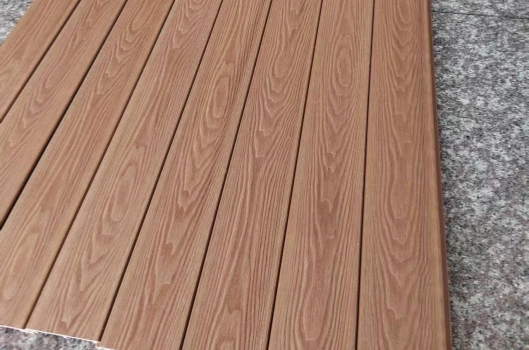
Table of Contents
Overview of Composite Cladding
Composite cladding, typically made from wood-plastic composite (WPC), blends wood fibers with plastic polymers. It offers the look of natural wood without the maintenance. Composite cladding is durable, low-maintenance, and eco-friendly due to its recycled content—ideal for clients prioritizing sustainability and performance.
Overview of uPVC Cladding
uPVC, or unplasticized polyvinyl chloride, is a lightweight, rigid material widely used in cost-sensitive projects. It’s easy to install, budget-friendly, and works well for straightforward applications where speed and cost are key factors.
Material Comparison
Appearance: Composite cladding offers realistic wood grain finishes, while uPVC has a more plastic look.
Durability: Composite withstands UV, moisture, and weather better, especially with technologies like Mateco’s UV Armor. uPVC can fade and crack over time in harsh conditions.
Maintenance: Composite needs only occasional cleaning, while uPVC may require periodic touch-ups.
Environmental Impact: Composite uses recycled materials; uPVC has a larger fossil-based footprint.
Cost: uPVC has a lower upfront price; composite offers better long-term value.
Installation Considerations
uPVC is lightweight and can be installed by general trades. Composite, though light—especially Mateco’s PVC-based WPC—is best handled by teams familiar with concealed clip systems. Composite may require more preparation but delivers a premium finish.
Applications and Best Use Cases
uPVC is suited for affordable housing, small commercial builds, and projects with tight budgets. Composite excels in premium homes, mixed-use developments, sustainability-driven builds, and commercial facades demanding long-lasting performance and aesthetics.
Conclusion
Both materials have their place. Use uPVC when cost and speed matter most. Choose composite when long-term durability, aesthetics, and sustainability are priorities. Always evaluate lifecycle value—not just upfront costs—to guide your clients toward the best outcome.
If you are looking for a WPC manufacturer, MATECO will be your best choice.
WhatsApp: +86-13380085620
Email: info@matecowpc.com
